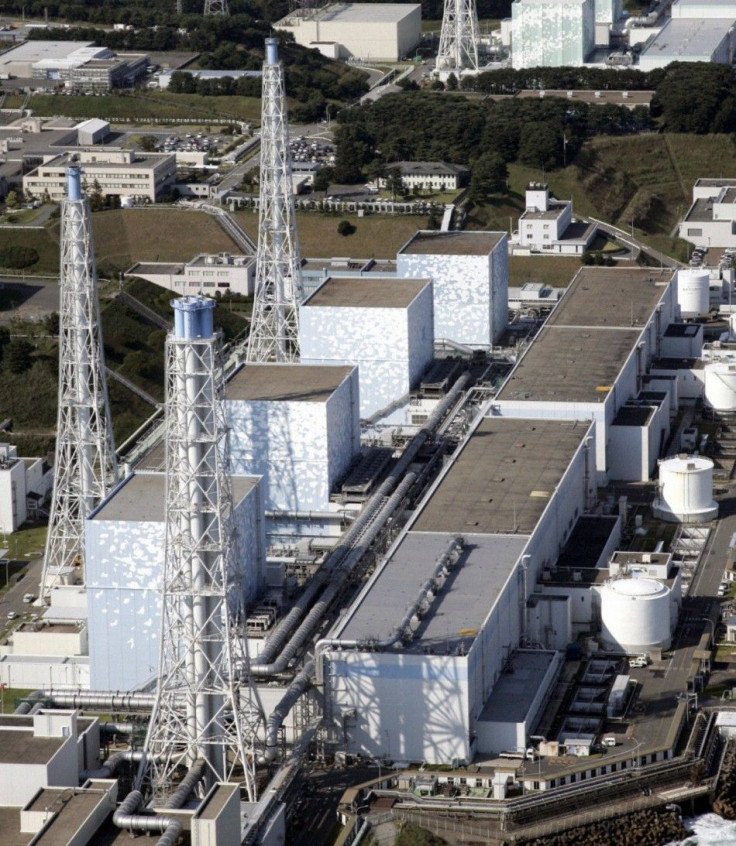Failure at containment vessel in No. 3 reactor unlikely: Japan government

The Japanese government has tried to calm fears about the white radioactive smoke (or steam) rising from the damaged No. 3 reactor at the Fukushima No. 1 nuclear power plant by assuting that the failure of the facility’s containment vessel is unlikely.
Chief Cabinet Secretary Yukio Edano told Japanese media that officials now believe that the pool of water used for spent nuclear fuel at the No. 3 reactor likely heated up, causing the steam to rise.
The possibility of any great damage to the containment vessel is low, the government's emergency headquarters said in a statement.
According to scientific experts, the containment vessel is the last line of defense for housing dangerous radioactive materials, and significant damage to it would raise alarming human health and safety worries.
However, as media reports indicate, if the water in the spent fuel rod pool were to evaporate, the fuel rods would likely melt, resulting in the release of large amounts of radiation into the air and water. The water pool is not located inside the containment vessel.
Moreover, the fuel pool is not sheltered by a containment vessel and the roof of the No. 3 reactor building was blown off by an earlier hydrogen explosion.
Also, water temperature in the spent fuel pool at the No. 4 reactor unit also rose on Wednesday. The related reacto caught on fire on Tuesday after a hydrogen blast destroyed the facility's wall.
The Tokyo government had sent a C-47 helicopter flown by Self-Defense forces to dump water into the spent fuel pools. But that plan was nixed because of the detection of unusually high radiation levels around the plant.
© Copyright IBTimes 2025. All rights reserved.



















